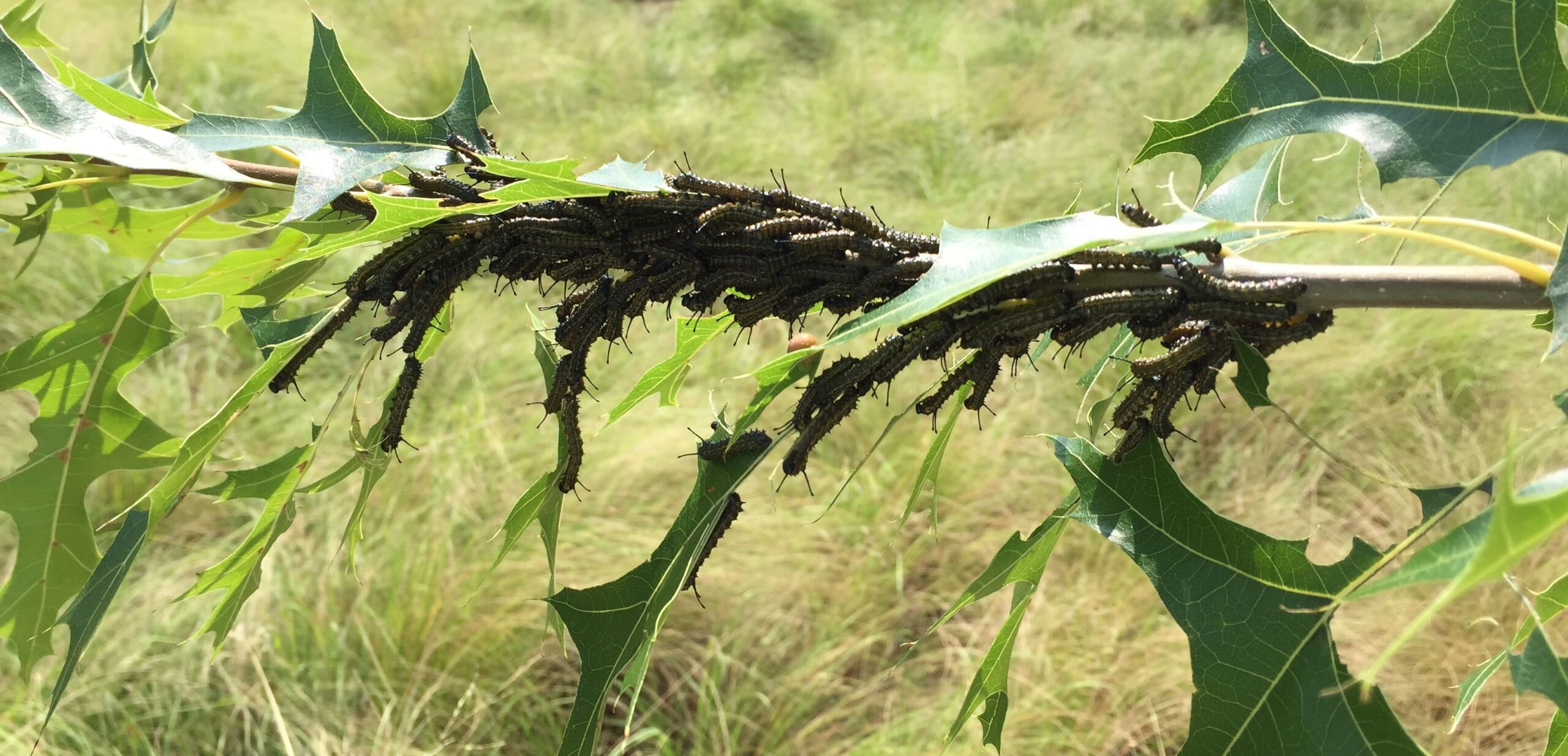The ecological importance of trees extends far beyond the oxygen they produce or the shade they provide on a sunny day. In all of North America south of the Arctic Circle, Oaks (genus Quercus) stand tall not just in stature, but also in their unparalleled role as larval host plants.
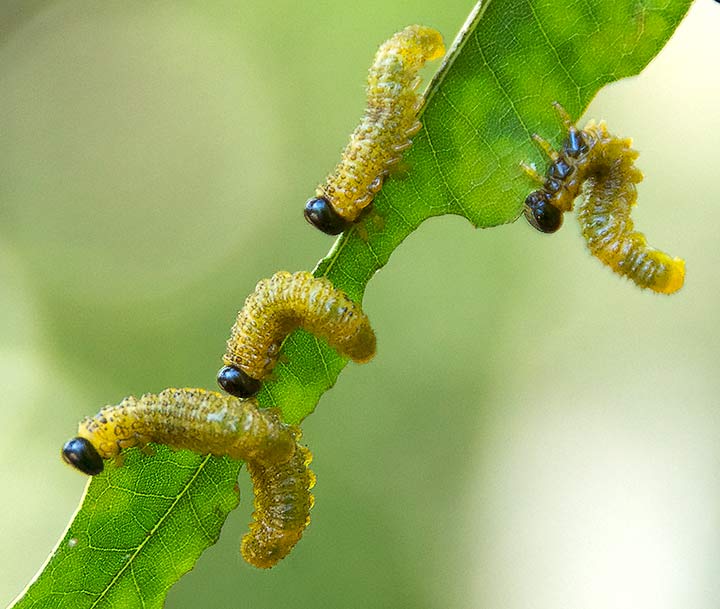
Here’s why Oaks might just be the unsung heroes of North America’s ecological tapestry.
1. A Sanctuary for Larvae:
Oaks are a veritable haven for a multitude of butterfly and moth larvae. According to studies by renowned entomologist Doug Tallamy, Oaks support over 500 species of caterpillars in certain regions. This staggering number is significantly higher than most other native trees, making Oaks a central figure in the lifecycles of North American Lepidoptera.
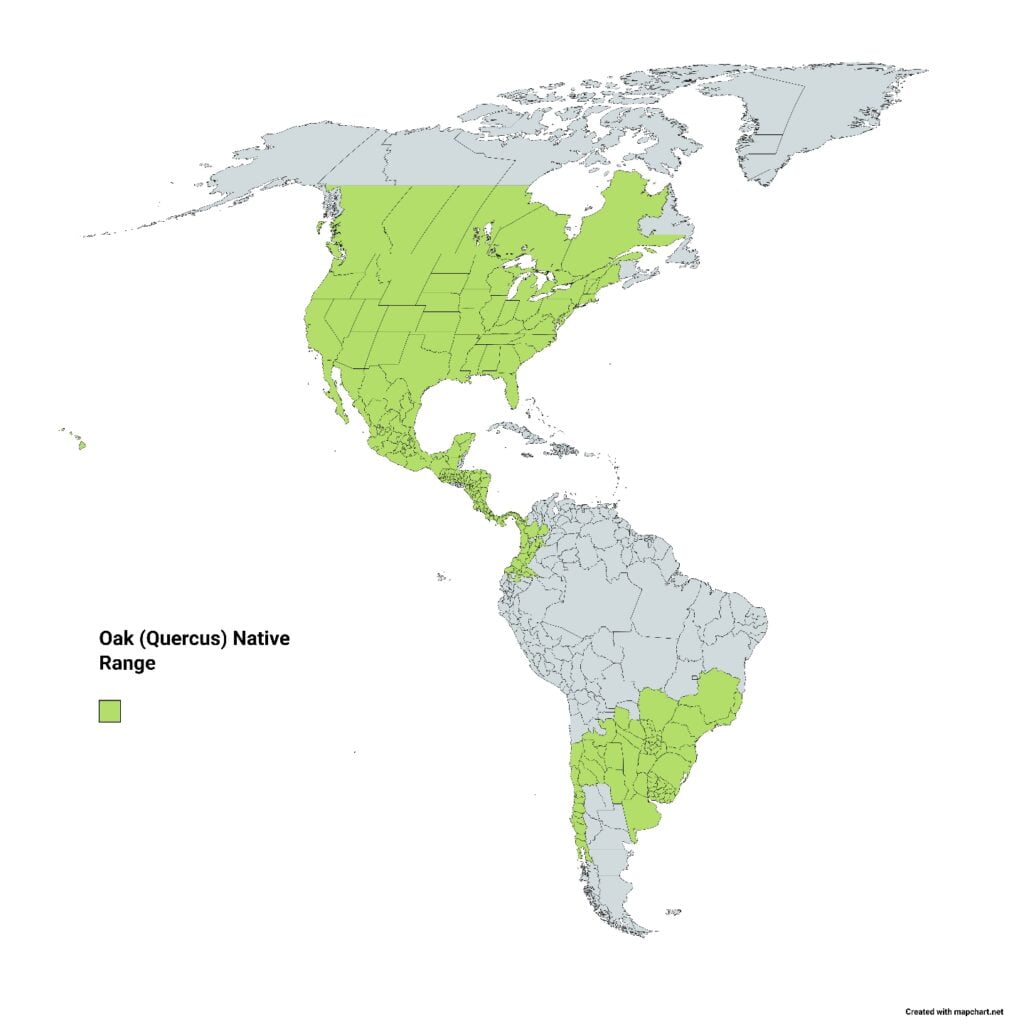
2. Diversity and Distribution:
North America is home to approximately 90 species of Oaks, each with its unique characteristics and ecological contributions. Their native range spans from the chilly terrains of Canada to the warm climes of Mexico, making them an integral part of diverse ecosystems.
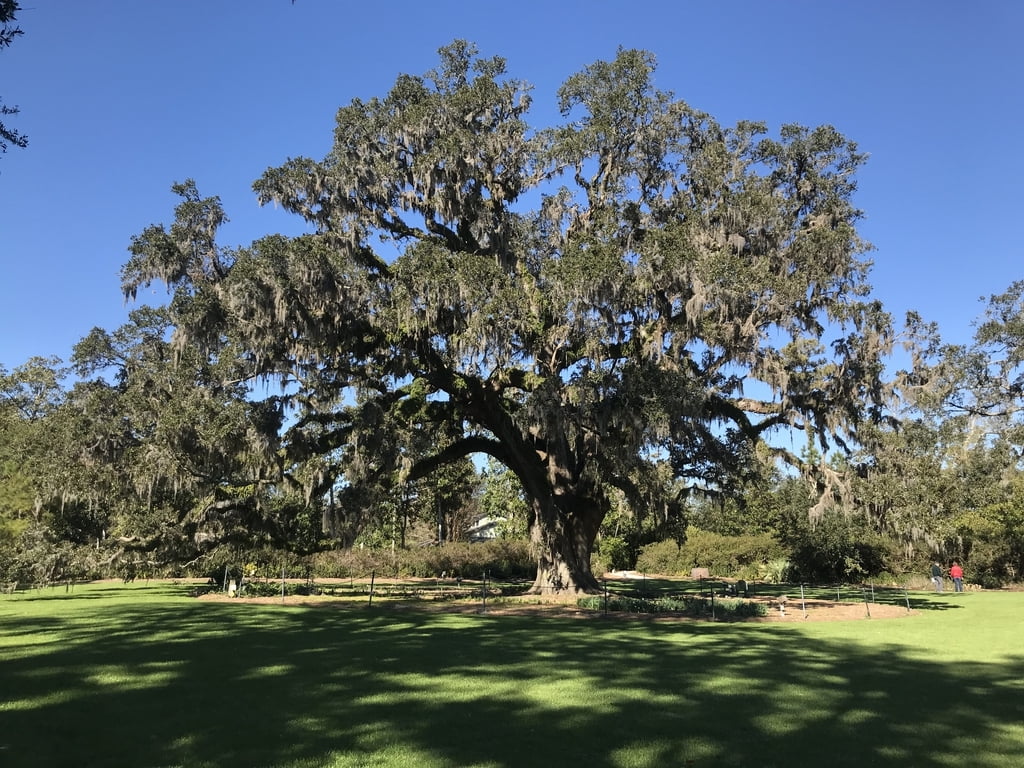
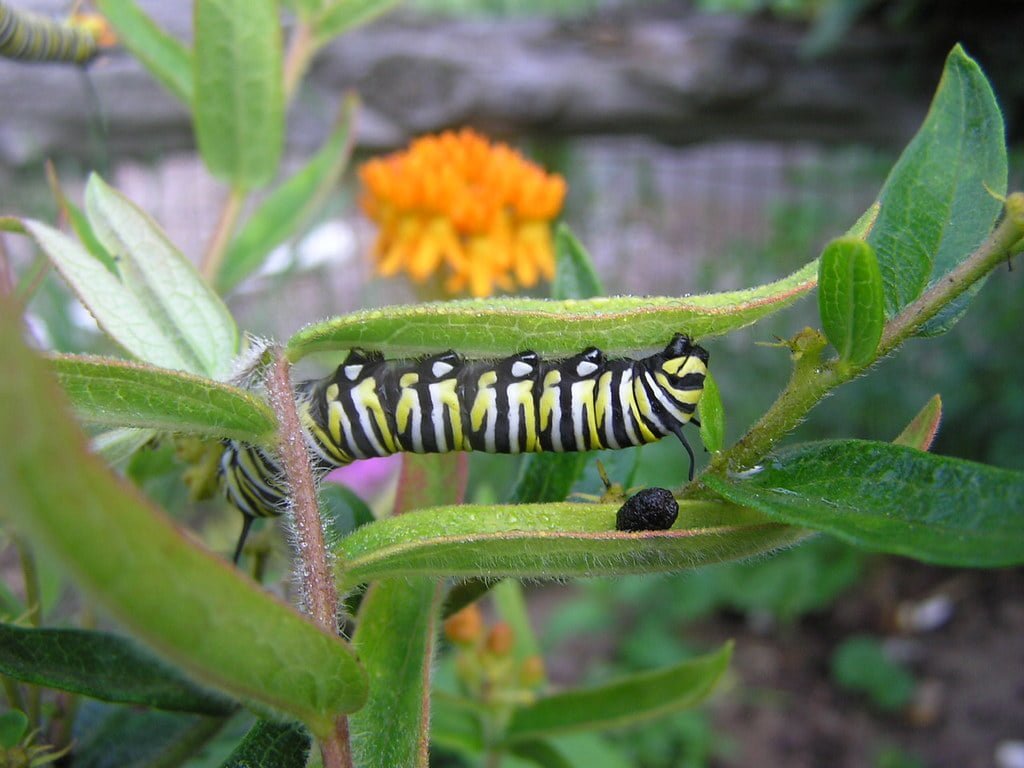
125 Butterfly Milkweed Seeds (Asclepias Tuberosa) for North America
More than 600mg of Butterfly Milkweed Seeds (Asclepias tuberosa). Origin Kentucky.
